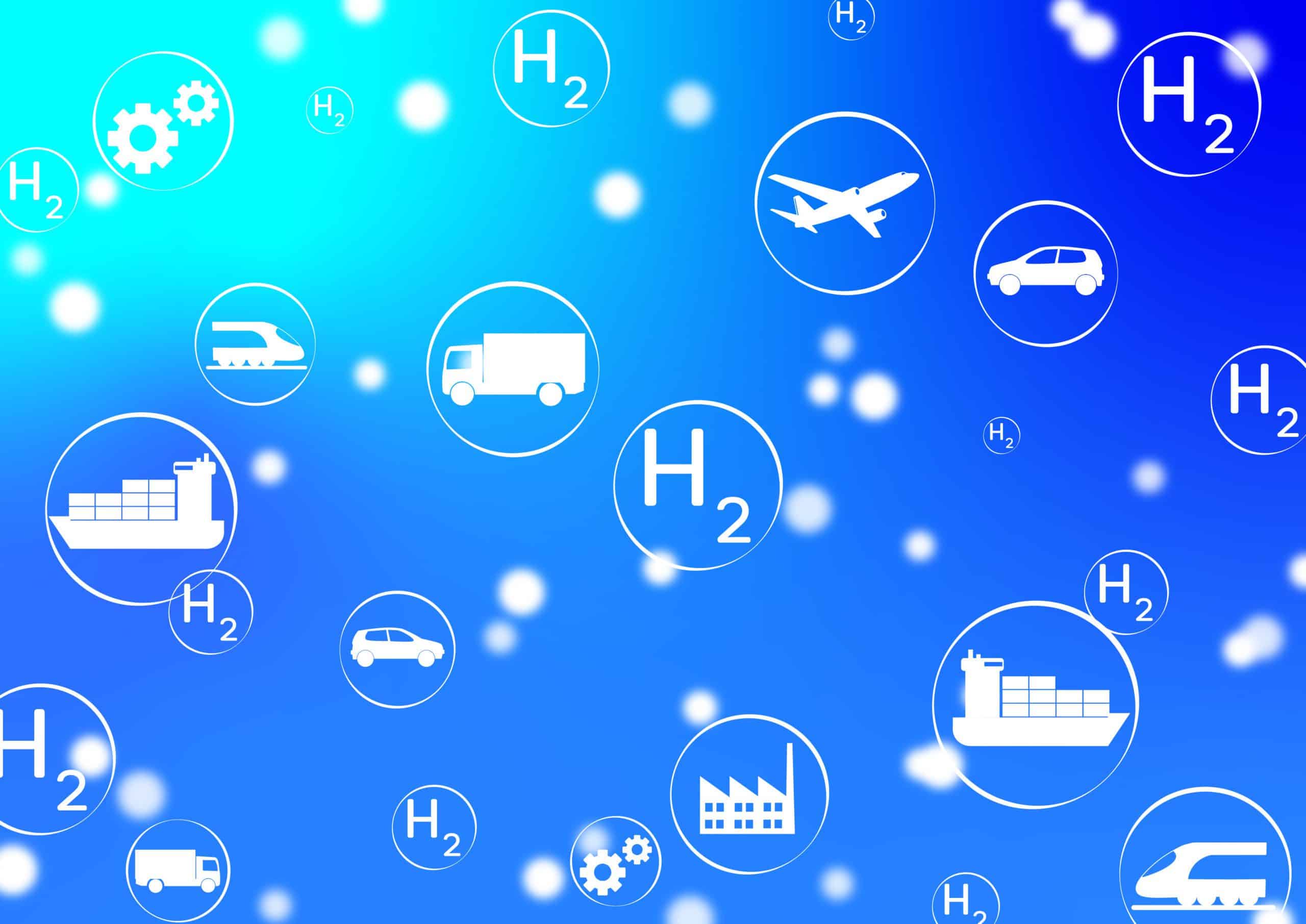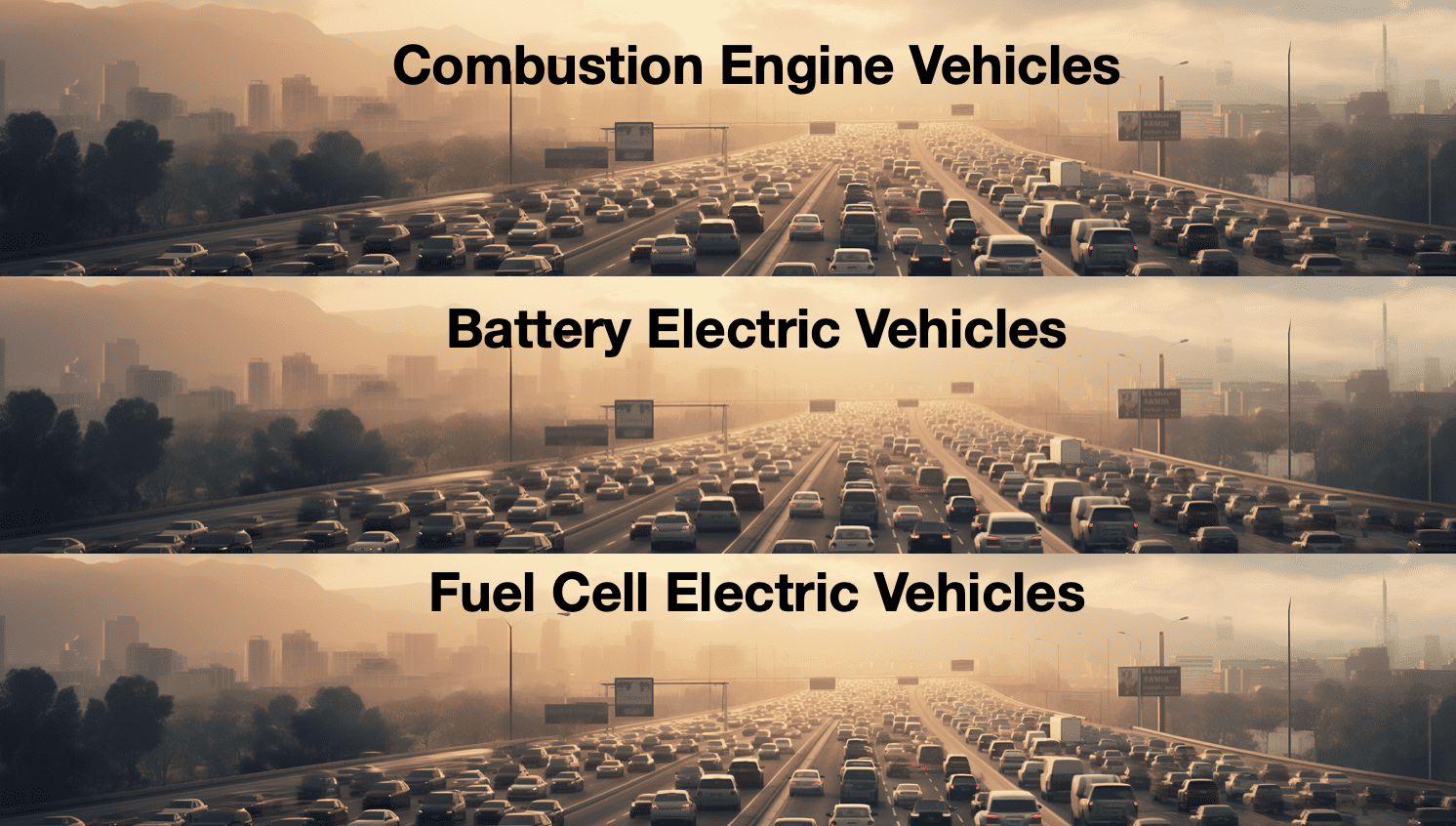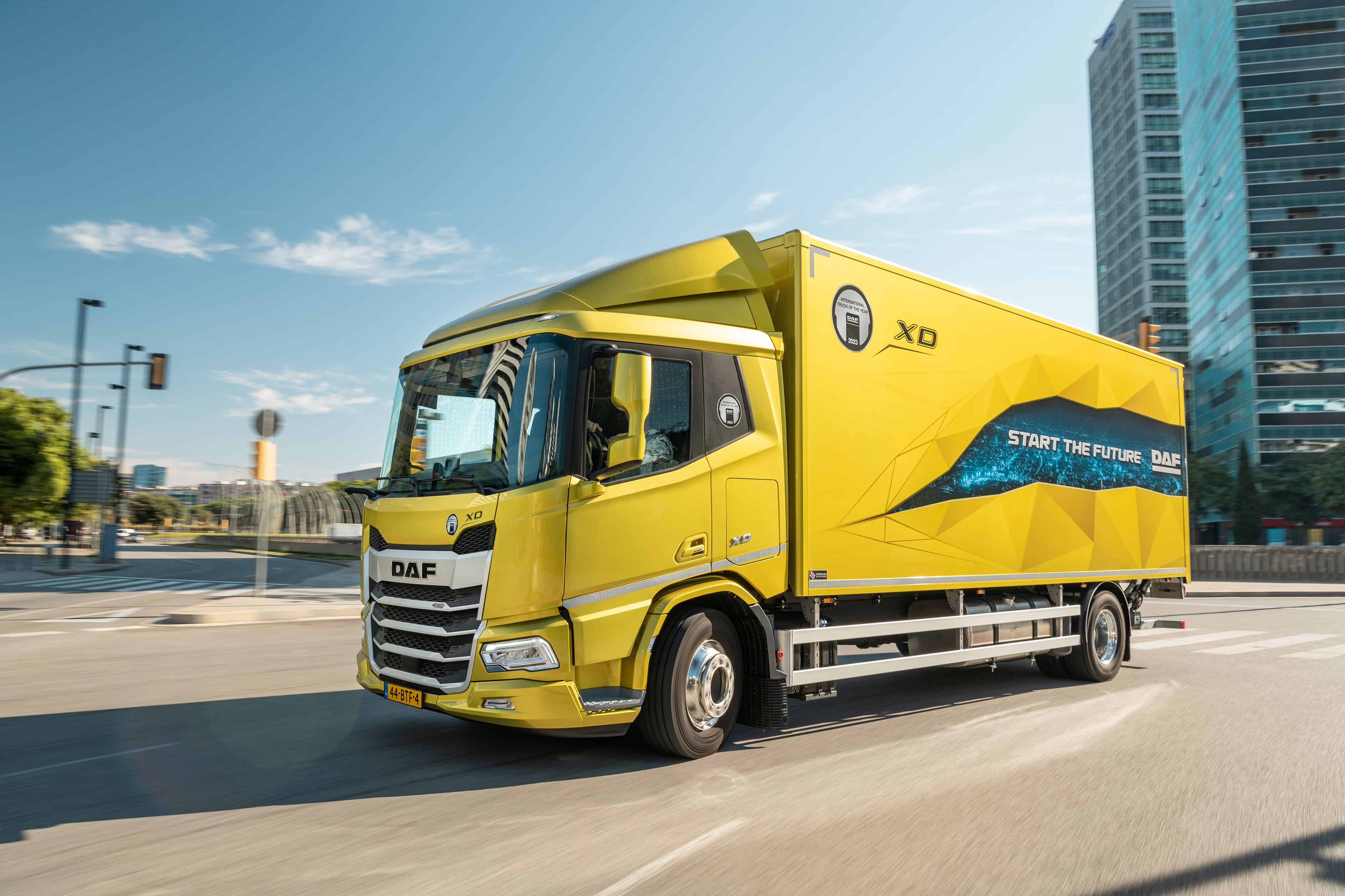
Apple co-founder Steven Jobs was known for his ability to captivate people. The familiar phrase “reality distortion field” often made the rounds. The “RDS” was meant to illustrate Jobs’ overwhelming sales and persuasion skills. Anyone caught in the “field” would hardly question Jobs’ remarks and would buy his products with no ifs, ands or buts.
The hydrogen RDS
The future of energy policy lies in hydrogen. Legions of politicians, especially in Germany but also internationally, have been pouncing on this energy-rich gas for some time, conjuring up a rosy future. Unfortunately, hydrogen does not occur as a natural raw material in the world; it must first be produced.
High electricity demand
There are various ways to produce hydrogen, but against the backdrop of the climate crisis, the classic CO2-emitting processes such as steam reforming are out of the question. The only remedy is “green” hydrogen, but this must be produced by electrolysis. Electrolysis is electricity-intensive, and to prevent further emissions, renewable energy sources must be used.
But 1 kg of hydrogen, with an energy density of 33.33 kWh, requires around 55 kWh to produce. That’s the bad news. To put that in perspective, 1 kg of hydrogen contains almost as much energy as 3 kg of gasoline. That’s the good news.
Hydrogen as energy storage
In the automotive industry, hydrogen is therefore often considered to be an energy storage alternative to batteries. The high energy density of the gas would make it ideally suited to replace batteries. Unfortunately, however, hydrogen must go through a fuel cell to convert its energy content into electricity. This electricity then powers the electric motor, just as it does in a battery-electric vehicle.

OEMs such as BMW, Hyundai and Toyota are still focusing on the hydrogen vehicle as an alternative to the battery-electric vehicle. Future long-haul heavy-duty trucking also appears to be possible only with H2 trucks. The catch, however, is that converting hydrogen to electricity using fuel cells continues to be wasteful. One kg of hydrogen is enough for about 100 km range in a car and much less in a truck. This sounds good at first, but it is actually not very efficient, because if the 55 kWh needed to produce the hydrogen were “fueled” directly into a battery, such a vehicle could travel more than 300 km.
Energy expenditure
It gets even worse. The Federal Ministry of Transport (BMVD) has just shown once again that they don’t even understand mathematics by promoting the hydrogen combustion engine in trucks. Beneficiaries are BMW, Deutz (engines) and others who are members of the HyCET initiative (Hydrogen Combustion Engine Trucks). The catch: the efficiency of such an engine is only 50% of a fuel cell vehicle. Therefore the above 100 km cost even more – 110 kWh of renewable electricity. This does not take into account the energy needed for the transport of hydrogen, storage and refueling of a fuel cell vehicle, either. Here, too, further electricity is consumed.
Hydrogen as salvation for the ecological transformation?
The problem of renewable energy generation lies primarily in its storage capability. The volatility of power generation creates major problems here. Between the extremes of too little sun and wind and high energy generation occurring under ideal conditions, eco-fans want to make renewable power generation more “crisis-proof” through energy storage. Unfortunately, electricity storage faces a dilemma: it is extremely expensive and energy intensive. If lithium-ion batteries were used, the cost to national economies would be unjustifiable. The raw material costs for lithium, cobalt, etc. would grow to gigantic proportions. That leaves hydrogen as an alternative.
Why not, argue the eco-specialists, store surplus electricity directly as hydrogen by means of electrolysis? Fine, but unfortunately it hardly moves the needle.
Gas turbines
The U.S. portal gasturbineworld.com has taken up the issue and their calculations do not give much hope. The hydrogen yield from all wind turbines in the U.S. (installed capacity: 122 GW) through electrolyzers would be far too low and able to power just two gas turbines for 4,000 hours each. That is less than a single conventional power plant normally produces.
This is far too little for all the potential applications for green hydrogen. The German chemical industry alone, which would be prepared to produce CO2 neutrally in the future, would then have an electricity demand as high as Germany’s total electricity demand at present. This is also because hydrogen plays a broader role here as a product component. Just think of eFuels and other hydrocarbons.

A visit to fantasyland for energy policy
Realistic energy policy is the guarantor for prosperity and climate protection everywhere in the world. Cheap, affordable and clean energy is a prerequisite for this. Europe is currently in the midst of a self-inflicted energy crisis. This was triggered by a misguided policy that led to a strange result, especially in Germany: by focusing on renewable, volatile energy production and exiting nuclear and coal power at the same time, a huge dependence on cheap Russian gas was created.
The horse has already left the barn
Is there any way out of this? I think so, but the solution will be long, difficult to communicate and will cost several hundred billion euros. The development of renewable energy production in Germany has now cost over €450 billion. Unfortunately, the share of primary energy production is actually less than 30 percent over the course of one year. A nuclear power plant of the latest generation with a secured capacity of 1,200 MW currently costs €15-20 billion.
Nuclear power plants
So for €450 billion, Germany could have installed at least 24 TW of additional constant power to the existing nuclear power plants (of which all but three have been shut down). This would have been enough to completely eliminate gas, coal and other fossil fuel generators and make the ecological transformation a reality.
Against the backdrop of the electrification of the entire national economy, growing electromobility and the transformation from gas heating to electric heat pumps, this is an alternative worth considering.
Huge amounts of energy
The only catch is that Europe has almost completely abandoned nuclear energy as a technology. The know-how has migrated and is still available in rudimentary form at best in France and Sweden. Poland is therefore buying its planned nuclear power plant in South Korea.
This brings us back to hydrogen: the hydrogen society of the future will also need vast amounts of energy, which wind and solar power can hardly provide in this quantity, not to mention the required consumption of land and resources.
But the Germans again believe themselves – as usual – to be very smart. They count on importing the required H2 quantities from third countries “where the wind is always blowing and the sun is always shining.” That’s the way the Germans are: they like to rely on third parties and don’t notice how they are already headed full speed towards the next dependency wall.








